1. Mexico has 69 official languages
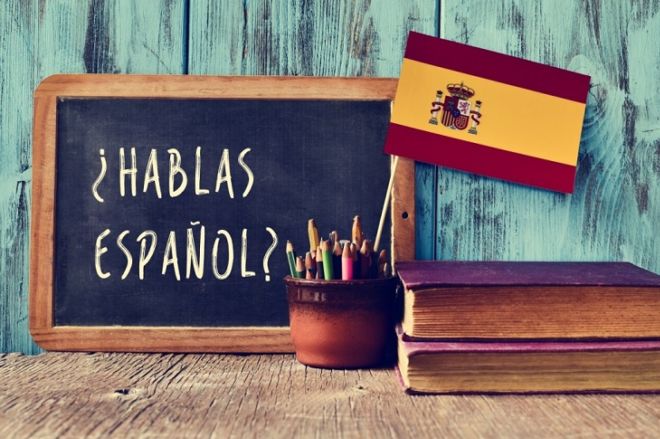
While most would assume that Spanish is the official language of Mexico, the government recognizes a further 68 indigenous languages as official languages. Currently, there are over 150 different indigenous languages spoken in Mexico, and the country is currently home to over 6 million speakers of those languages.
2. You can also thank Mexico for corn and chilies
Two much-loved ingredients come from Mexico. Corn was first developed by indigenous tribes of Mexico about 7,000 years ago. It started as a grass called teosinte. Chili peppers were first cultivated in the Tehuacán Valley in 5,000 B.C. and had a huge presence in Mayan and Aztec traditions.
3. Mexico is the world’s largest beer exporter

If you love beer, then you'll undoubtedly love Mexico. It houses a $3.8 billion beer industry, making it the largest beer exporter in the world. So, the next time you are sipping a Corona or cooling down with a Modelo, bear in mind this interesting fact.
4. Millions of monarch butterflies migrate to Mexico every year
Each fall, millions of monarch butterflies migrate to the warm climates of Mexico to wait out the winter before returning to the U.S. and Canada in the spring. So, if you happen to be in Mexico between November and March you will get a glimpse of these beautiful creatures at the Monarch Butterfly Biosphere Reserve north of Mexico City.
5. Mexico City is bigger than New York City and has the world’s largest fleet of taxis

Did you know that Mexico City is the oldest and most populous city in North America? The city has a population of 8.9 million people and is home to over 140,000 taxi cabs, the largest fleet in the world. So, if you're in the mood for a big, vibrant city, this is certainly the place to go.
6. Mexico City has over 160 museums
With over 160 museums, Mexico City has the second most museums in the world (with London being first). There are quite a variety of fascinating museums to chose from, including the Museo Nacional de Antropología, the Palacio de Belles Artes, the Frida Kahlo Museum, and many, many more.
7. Mexico City began as the Aztec city, Tenochtitlan

Mexico City is the oldest city in North America. It began as Tenochtitlan, the massive capital of the Aztec empire. The city was built in 1325 on an island in Lake Texcoco. But because it was built on a lake, the city slowly began to sink. In 1521, Tenochtitlan was captured by the Spanish. However, there are many Aztec ruins within the modern city.
8. You can find the largest pyramid in the world in Mexico
While you most probably associate pyramids with ancient Egyptians, the largest pyramid in the world is actually the Great Pyramid of Cholula. The pyramid stands at 180 feet tall and its base measure 1,480 square feet.
9. Mexico is located on the Pacific Ring of Fire
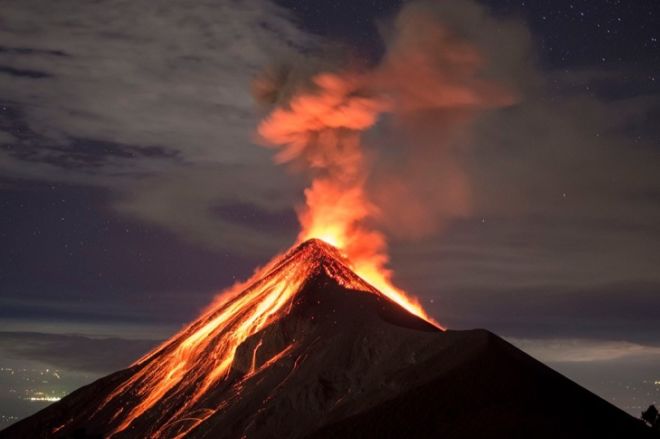
Located in the most seismically active region in the world, Mexico has 42 active volcanoes and thousands of inactive volcanoes. Among which you can also find the world's smallest volcano, the Cuexcomate Volcano in Puebla, Mexico.
10. The eagle on the Mexican flag comes from an Aztec legend
You are likely familiar with the green, white and red striped flag of Mexico, and the iconic eagle at its center. Aztec legend states that the gods advised the Aztecs that the place where they should build their city would be marked by an eagle on a prickly pear tree, eating a serpent. They had spotted this eagle at the spot that now contains Mexico City's main plaza.
11. Mexico has the second highest number of Catholics in the world
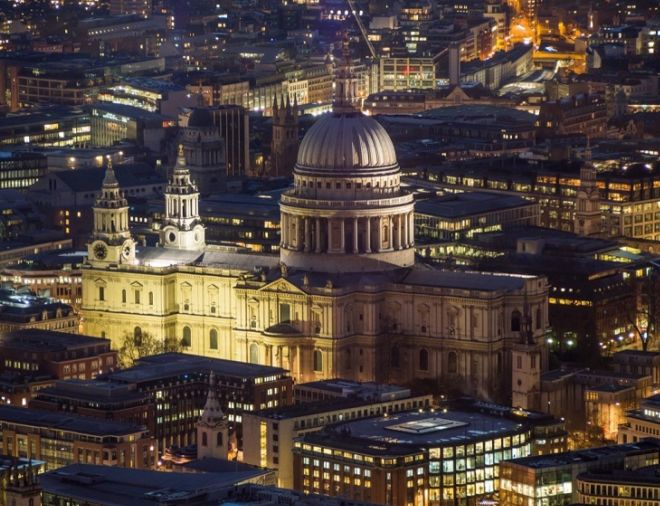
Catholicism is huge in Mexico, with over 81% of adults in the country identifying as Catholic. In the 16th century, the religion was brought over by the Spanish, and today, Mexico has one of the strongest ties to Catholicism in the world. In fact, one of the country's most important icons is the Virgin of Guadalupe, which is viewed as the 'mother' of all Mexicans.
12. It is illegal to incorrectly play the Mexican national anthem
Mexico takes its national symbolism seriously. In fact, there are several chapters in its laws about how the national anthem should be played. What's more? If you do it wrong, you could get a fine. So, before you do pack your bags for a trip, have a listen and make sure you get it right.
13. Mexico is home to the oldest university in North America
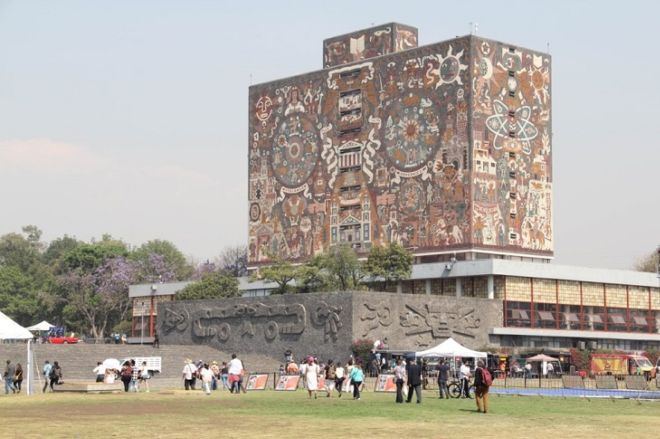
Originally, the National Autonomous University of Mexico was founded in 1551 as the Royal and Pontifical University of Mexico. It took its modern form as a public research university in 1910. The campus, which is undoubtedly stunning, is a UNESCO World Heritage site and is certainly worth a visit.
14. Charreada is the national sport of Mexico
Soccer is very popular in Mexico, but the country is also home to the sport of charreada, a rodeo-style event, in which costumed cowboys show off their lassoing and make their mounts dance to music. There is also a strict set of rules and scoring, which is paired with a lively vibe that makes a trip to a charreada a must!
15. Chocolate originated in Mexico
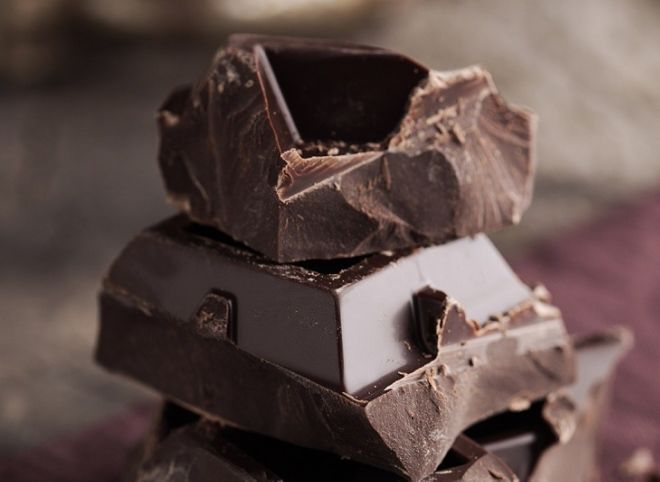
Historians have traced this much-loved desert back to the ancient Olmecs, who lived in what is now southern Mexico around 1500 B.C. The Olmecs passed the craft on to the Mayans, who revered chocolate and used chocolate drinks in many of their ceremonies. But, chocolate was especially popular with the Aztecs - who lived in central Mexico from 1300 to 1521. The Aztecs referred to chocolate as the drink of the gods. What's more? Cacao beans were used as a currency, valuing them more precious than gold.